Filter by
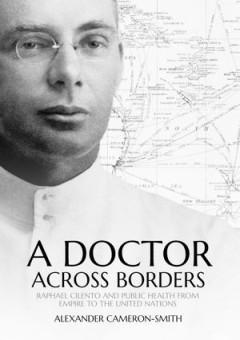
A Doctor Across Borders : Raphael Cilento and public health from empire to th…
In his day, Raphael Cilento was one of the most prominent and controversial figures in Australian medicine. As a senior medical officer in the Commonwealth and Queensland governments, he was an active participant in public health reform during the inter-war years and is best known for his vocal engagement with public discourse on the relationship between hygiene, race and Australian nationhood.…
- Edition
- -
- ISBN/ISSN
- 9781760462642
- Collation
- -
- Series Title
- -
- Call Number
- -
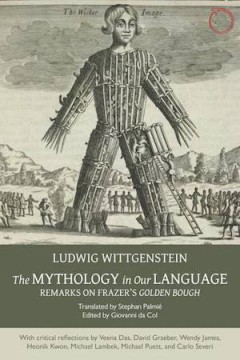
Vitality and Dynamism: Interstitial Dialogues of Language, Politics, and Reli…
Post-colonial theory recognizes that European and American scholars have traditionally defined the themes that are of interest in literary criticism; in Moroccan studies, these themes have tended toward questions of migration, identity, secularism, and religious fanaticism typically questions regarding Morocco in its relationships with colonizing nations. This book intends to re-define the them…
- Edition
- -
- ISBN/ISSN
- 9789087282134
- Collation
- -
- Series Title
- -
- Call Number
- -

This Africa: Novels by West Africans in English and French
This Africa is both a literary history and a survey of the West African novel. Gleason explores seventeen novels in French and eight in English, developing a framework of literary criticism that includes the conqueror, the hero, city life, village life, and personal identity. Authors whose works are studied include Chinua Achebe, Cyprian Ekwensi, Mongo Beti, and Camara Layer.
- Edition
- -
- ISBN/ISSN
- 9780810139527
- Collation
- -
- Series Title
- -
- Call Number
- -
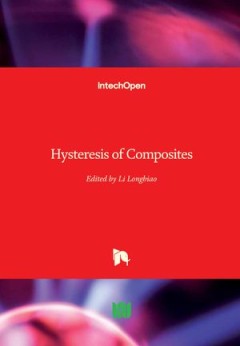
Privately Empowered: Expressing Feminism in Islam in Northern Nigerian Fiction
Privately Empowered responds to the lack of adequate attention paid to Islam in Africa in comparison to the Middle East and the Arab world. Shirin Edwin points to the embrace between Islam and politics that has limited Islamic feminist discourse to regions where it evolves in tandem with the nation-state and is commonly understood in terms of activism, social affiliations, or struggles for lega…
- Edition
- -
- ISBN/ISSN
- 9780810133693
- Collation
- -
- Series Title
- -
- Call Number
- -
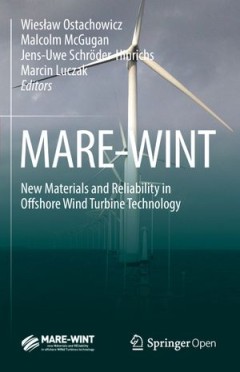
Oral Literature in Africa
Ruth Finnegan’s Oral Literature in Africa was first published in 1970, and since then has been widely praised as one of the most important books in its field. Based on years of fieldwork, the study traces the history of storytelling across the continent of Africa.
- Edition
- -
- ISBN/ISSN
- 9781906924720
- Collation
- -
- Series Title
- -
- Call Number
- -
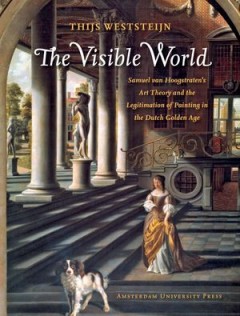
The Visible World
How did painters and their public speak about art in Rembrandt's age? This book about the writings of the painter-poet Samuel van Hoogstraten, one of Rembrandt's pupils, examines a wide variety of themes from painting practice and theory from the Dutch Golden Age. It addresses the contested issue of 'Dutch realism' and its hidden symbolism, as well as Rembrandt's concern with representing emoti…
- Edition
- -
- ISBN/ISSN
- 9789089640277
- Collation
- -
- Series Title
- -
- Call Number
- 750 WES w
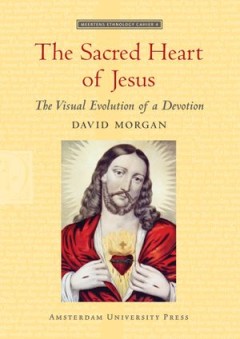
The Sacred Heart of Jesus
Devotion to the Sacred Heart of Jesus has been controversial from its beginning in the life of the French Visitationist nun Margaret Mary Alacoque (1647-1690), who established the devotion after a series of mystical visions of Christ. Under the leadership of Sister Sophie Barat, founder of the Society of the Sacred Heart in 1800, the devotion was taken around the world in the course of the nine…
- Edition
- -
- ISBN/ISSN
- 9789089640192
- Collation
- -
- Series Title
- -
- Call Number
- 900 MOR s
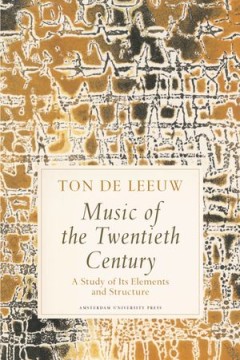
Music of the Twentieth Century
Ton de Leeuw (1926-96) is probably one of the most influential composers at the crossroads between Eastern philosophy and Western technique. A one-time pupil of Olivier Messiaen's in Paris, throughout the latter years of his musical career he concentrated on the marriage of Western emphasis on action and tension, and the ethical function of music in Eastern traditions. The musical world of the …
- Edition
- -
- ISBN/ISSN
- 9789053567654
- Collation
- -
- Series Title
- -
- Call Number
- 780
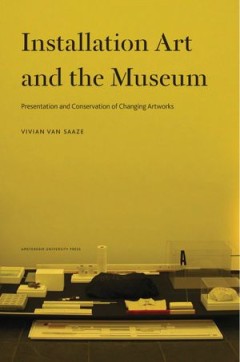
Installation Art and the Museum
Installation art has become mainstream in artistic practices. However, acquiring and displaying such artworks implies that curators and conservators are challenged to deal with obsolete technologies, ephemeral materials and other issues concerning care and management of these artworks. By analysing three in-depth case studies, the author sheds new light on the key concepts of traditional conser…
- Edition
- -
- ISBN/ISSN
- 9789089644596
- Collation
- -
- Series Title
- -
- Call Number
- 759.06 SAA i
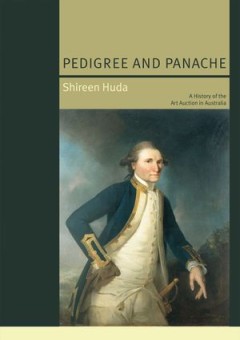
Pedigree and Panache: A History of the Art Auction in Australia
Art auctions have long captured the public imagination. They regularly make news headlines and have become synonymous with glamour, money and social distinction. The marketing of auction houses and the works they sell has resulted in firms attaining authoritative positions and the ability both to influence and reflect collecting tastes. Pedigree and Panache is the first comprehensive history of…
- Edition
- -
- ISBN/ISSN
- 9781921313721
- Collation
- -
- Series Title
- -
- Call Number
- 902 HUD p
 Computer Science, Information & General Works
Computer Science, Information & General Works  Philosophy & Psychology
Philosophy & Psychology  Religion
Religion  Social Sciences
Social Sciences  Language
Language  Pure Science
Pure Science  Applied Sciences
Applied Sciences  Art & Recreation
Art & Recreation  Literature
Literature  History & Geography
History & Geography